Sep . 12, 2025 07:40 Back to list
Durable Wooden Tricycle for Kids - Classic & Safe Fun
Industry Trends in Children's Mobility Solutions
The market for children's mobility solutions is undergoing significant evolution, driven by a confluence of parental preferences for safety, sustainability, and developmental benefits. While modern designs often feature advanced plastics and metals, there's a strong resurgence in demand for traditional, eco-friendly options. This includes a growing interest in the wooden tricycle for kids, which aligns with consumer desires for natural materials and timeless aesthetics. Market analysis indicates a steady growth in the eco-conscious toy sector, with wooden toys projected to increase by a CAGR of 6.5% between 2023 and 2030, reflecting a shift towards durable, non-toxic, and aesthetically pleasing products.
Beyond individual sales, the B2B landscape for children's tricycles, including options like the wooden tricycle for kids, is seeing robust activity in wholesale kids tricycle distribution. Educational institutions, daycare centers, and specialized toy retailers are increasingly seeking bulk quantities of high-quality, durable tricycles. Furthermore, vintage-inspired designs, such as a vintage kids tricycle, vintage zenith kids tricycle, or even a vintage gold kids tricycle, are carving out niche markets, appealing to parents seeking nostalgic charm coupled with modern safety standards. Innovations in shared mobility, even for children, suggest a future where durability and communal use drive design. The demand for solutions like two seats kids tricycle or a two seater tricycle for kids also highlights a trend towards products that accommodate siblings or friends, fostering social play.
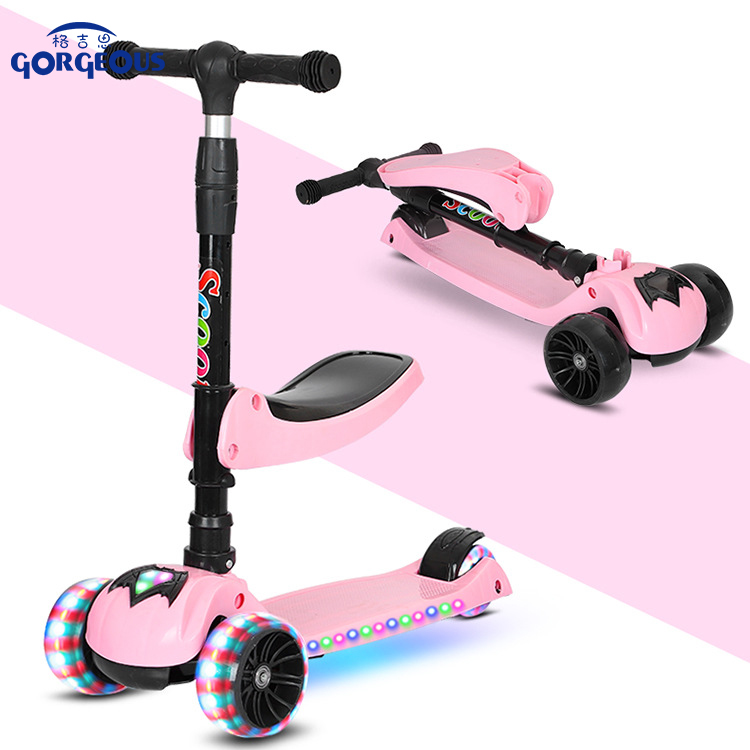
The Manufacturing Process of a Wooden Tricycle for Kids
The production of a high-quality wooden tricycle for kids involves a meticulous process that emphasizes material selection, precision engineering, and stringent quality control. Unlike metal or plastic counterparts, wooden tricycles rely on expert woodworking techniques to ensure structural integrity and a smooth finish.
1. Material Selection and Preparation
The foundation of a durable wooden tricycle for kids lies in selecting premium, sustainably sourced hardwood such as birch, beech, or rubberwood. These woods are chosen for their density, strength, and splinter-resistant properties. Lumber is carefully kiln-dried to achieve optimal moisture content, typically between 6-8%, preventing warping and cracking. This step is critical for the long-term stability and service life of the product.

2. Precision Cutting and Shaping
Utilizing advanced CNC machining, wood panels are precisely cut into various components: frames, seats, handlebars, and wheel parts. This ensures dimensional accuracy and consistency across all units, crucial for easy assembly and overall product quality. For intricate designs, traditional joinery techniques may also be employed, enhancing structural strength without relying solely on fasteners.
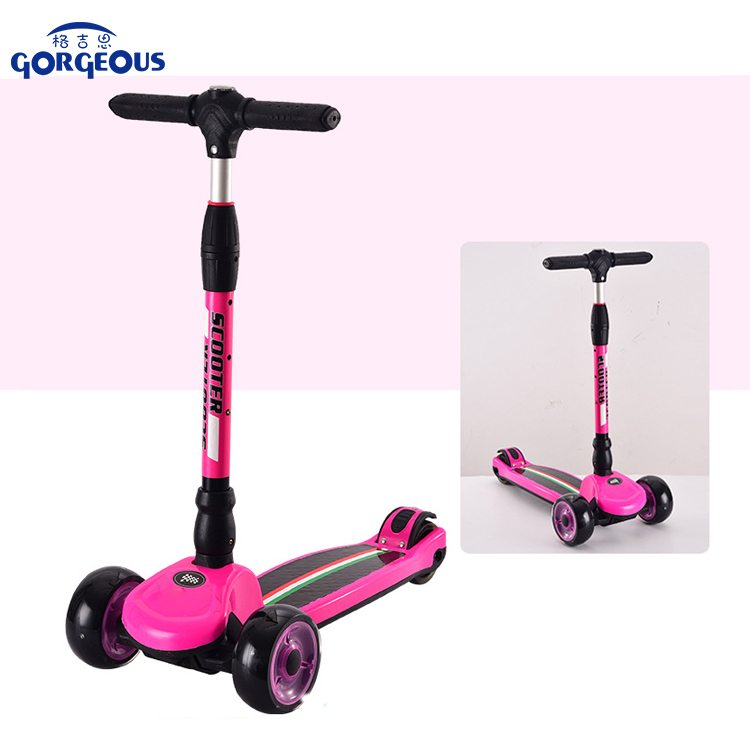
3. Sanding and Finishing
Each component undergoes multi-stage sanding, progressing from coarse to fine grits, to achieve a smooth, splinter-free surface. Edges are rounded for child safety. A non-toxic, child-safe finish—such as water-based paints, lacquers, or natural oils (e.g., linseed oil)—is then applied. This not only enhances the aesthetic appeal but also provides a protective layer, extending the service life and resisting wear and moisture.
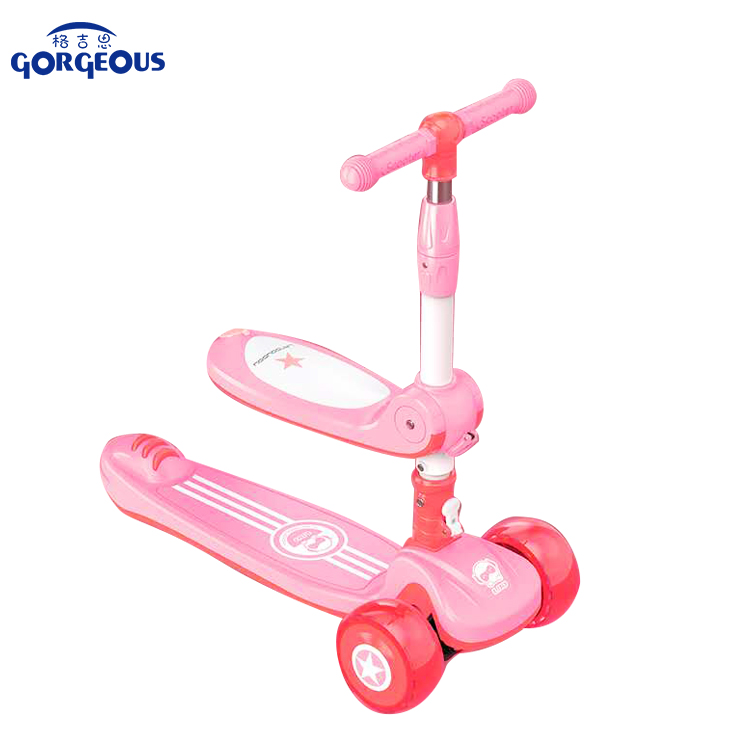
4. Assembly and Component Integration
Components are assembled using robust, child-safe hardware, often concealed or recessed to prevent snagging. Wheels, axles, and steering mechanisms are integrated, ensuring smooth operation. For wheels, options range from solid wood wheels to those with rubberized treads for better grip and floor protection. For a two seater kids tricycle, additional structural reinforcement is incorporated to support higher load capacities.
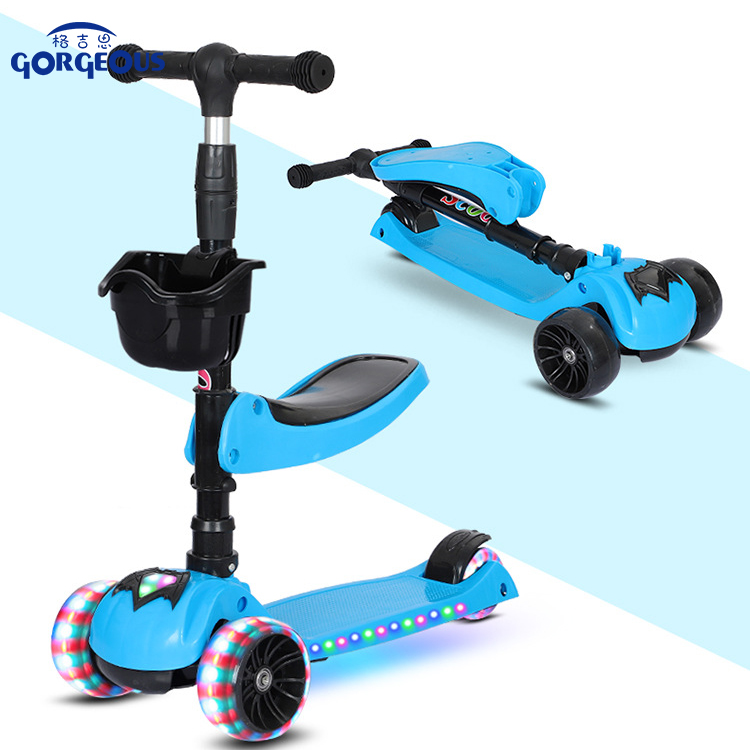
5. Quality Control and Testing
Every wooden tricycle for kids undergoes rigorous testing to comply with international safety standards such as EN 71 (European Safety Standards for Toys), ASTM F963 (Standard Consumer Safety Specification for Toy Safety in the USA), and CPSIA (Consumer Product Safety Improvement Act). Tests include structural integrity, small parts hazard, sharp edges, and chemical composition of finishes. Durability tests simulate prolonged use, ensuring a long service life, typically exceeding 5 years under normal conditions.

This meticulous process ensures that each wooden tricycle for kids is not only aesthetically pleasing but also a safe, durable, and sustainable option for children.
Technical Specifications and Performance Parameters
Understanding the technical specifications of a wooden tricycle for kids is paramount for B2B buyers seeking quality, durability, and compliance. Below is a detailed overview of key parameters and typical performance metrics.
Key Specifications for Wooden Tricycles
| Parameter | Description | Typical Range/Value |
|---|---|---|
| Material | Frame & Components | FSC-certified Birch Plywood, Beech Wood, Rubberwood |
| Finish | Protective Coating | Non-toxic, Water-based Lacquer/Oil (EN 71-3 compliant) |
| Dimensions (L x W x H) | Overall Size | Approx. 70-85 cm x 35-45 cm x 45-55 cm |
| Seat Height | Adjustable Height | 23-30 cm (adjustable) |
| Weight Capacity | Max User Weight | Up to 25 kg (single seater), 40 kg (two seater kids tricycle) |
| Wheel Material | Wheels | Solid Wood with Rubber Tires or EVA Foam Tires |
| Recommended Age | User Age Range | 18 months to 5 years |
| Certifications | Safety Compliance | EN 71, ASTM F963, CPSIA, CE |
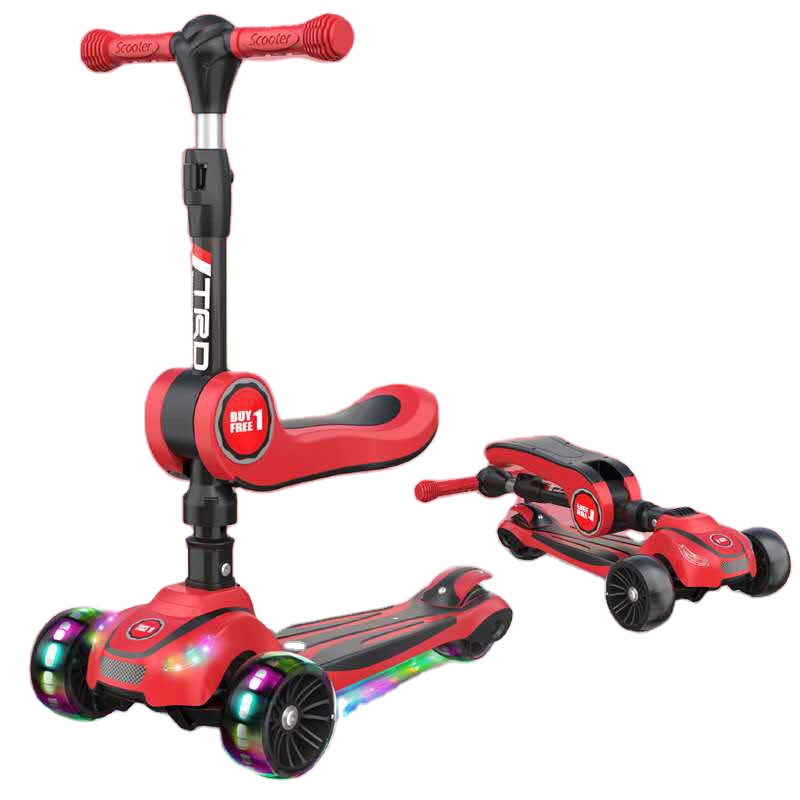
Application Scenarios and Target Industries
The versatile nature of the wooden tricycle for kids makes it suitable for a range of application scenarios and target industries, emphasizing its role in child development, sustainable practices, and engaging play environments.
Educational Institutions and Daycare Centers
Wooden tricycles are a staple in preschools, kindergartens, and daycare facilities. Their robust construction and natural materials are favored for their longevity and safety in high-use environments. The pedagogical benefits include developing gross motor skills, balance, coordination, and spatial awareness. The option for a two seats kids tricycle or a two seat tricycle kids is particularly beneficial for fostering cooperative play and social interaction among children.
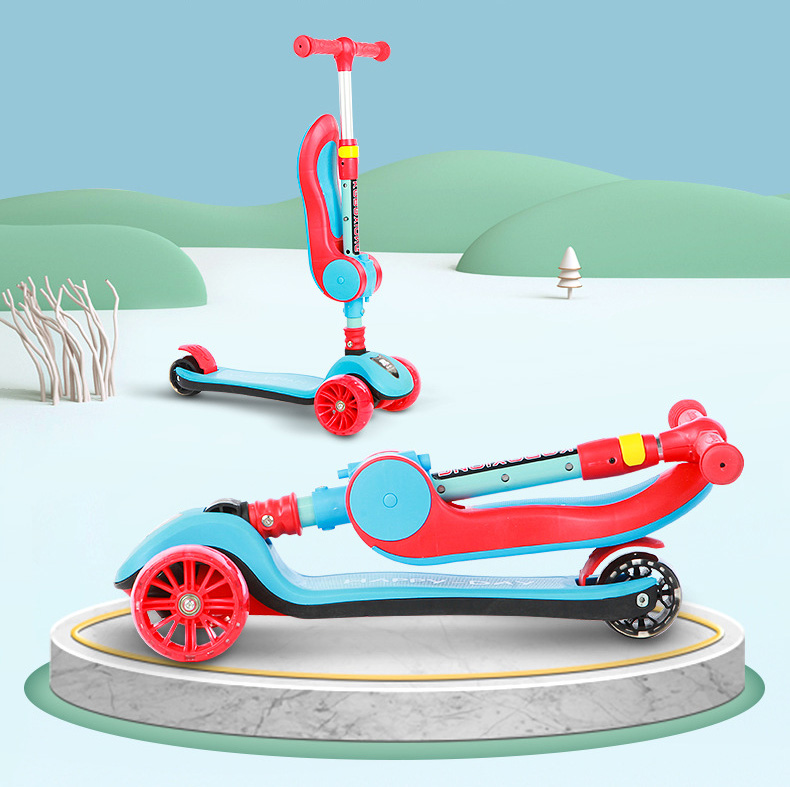
Specialized Toy Retailers and E-commerce Platforms
Retailers specializing in eco-friendly, Montessori-inspired, or high-quality educational toys represent a significant market. The aesthetic appeal of a wooden tricycle for kids, especially models resembling a vintage kids tricycle or vintage gold kids tricycle, resonates with consumers looking for premium and thoughtful purchases. E-commerce platforms benefit from the visual appeal and strong narrative around sustainability and traditional craftsmanship.
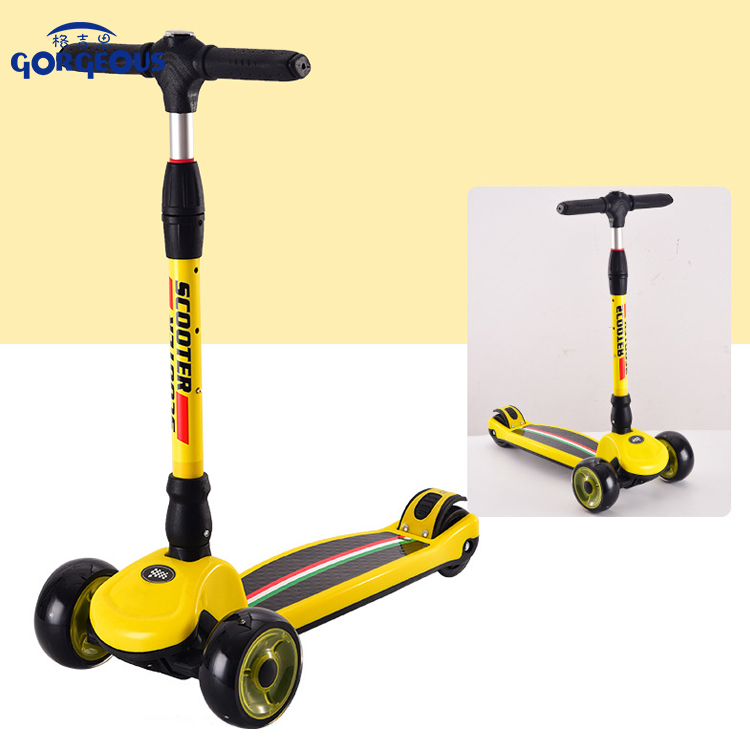
Wholesale Distribution for Boutique Stores
For distributors focusing on boutique toy stores and upscale children's furniture shops, offering a wholesale kids tricycle range that includes wooden models is essential. These establishments cater to discerning customers who prioritize design, material quality, and environmental impact.
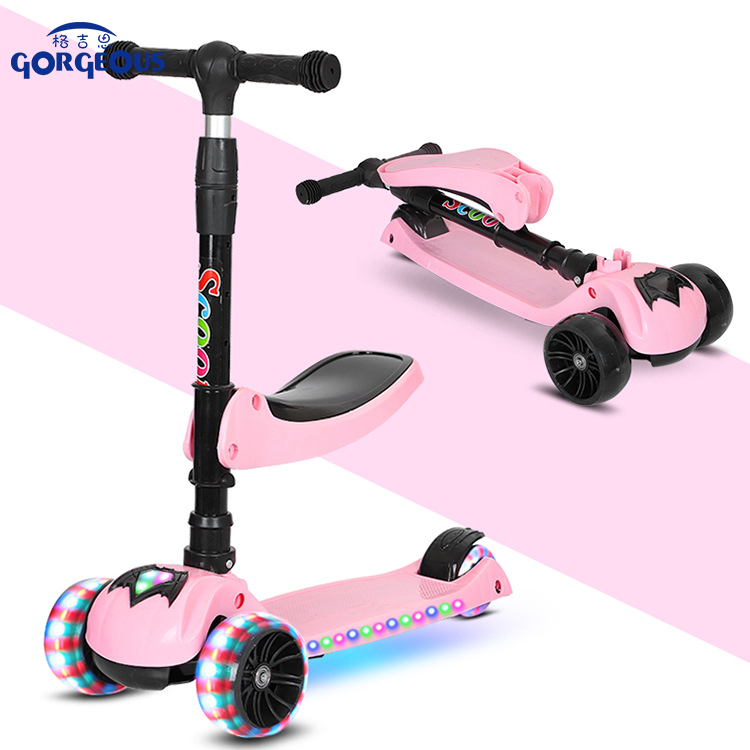
Technical Advantages of Wooden Tricycles
The intrinsic properties of wood, combined with thoughtful design and manufacturing, confer several distinct advantages to the wooden tricycle for kids compared to alternatives.
Durability and Longevity
High-quality hardwoods offer exceptional resistance to impact and wear. Unlike plastic which can become brittle or metal which can rust, properly treated wood maintains its structural integrity over many years, making a wooden tricycle for kids a sustainable choice. This inherent durability translates into a longer service life, making them ideal for high-traffic environments like daycare centers and as hand-me-down items.

Eco-Friendliness and Sustainability
Sourced from responsibly managed forests (FSC-certified), wood is a renewable resource. The manufacturing process generally has a lower carbon footprint compared to plastic or metal production. Furthermore, finished wooden products are biodegradable at the end of their exceptionally long life cycle, supporting environmental sustainability goals. This advantage is critical for businesses targeting eco-conscious consumers or aiming for green certifications.

Safety and Non-Toxic Materials
A primary advantage is the inherent safety profile. High-quality wooden tricycles are free from BPA, phthalates, and other harmful chemicals often found in plastic. Non-toxic, water-based finishes ensure safety for children who may mouth the product. The robust construction minimizes sharp edges and pinch points, adhering strictly to international toy safety standards like EN 71 and ASTM F963.
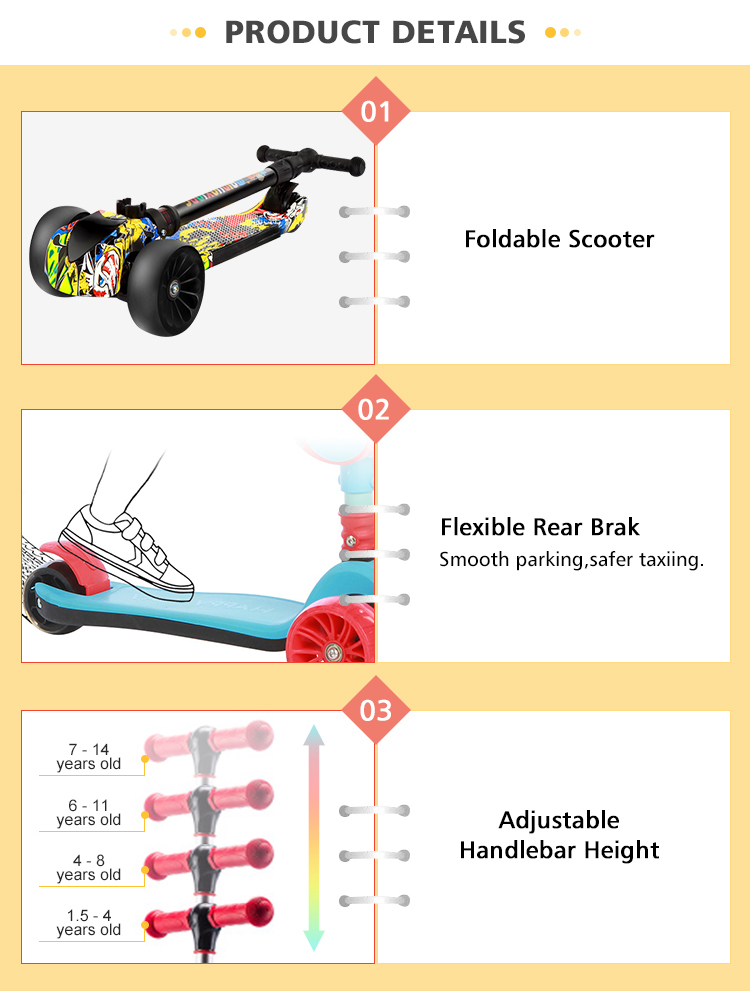
Vendor Comparison: Wooden vs. Plastic/Metal Tricycles
Choosing the right supplier for children's tricycles involves evaluating various materials and their inherent benefits and drawbacks. This comparison focuses on the distinctive value proposition of the wooden tricycle for kids against common plastic and metal alternatives.
Comparative Analysis of Tricycle Materials
| Feature | Wooden Tricycle | Plastic Tricycle | Metal Tricycle |
|---|---|---|---|
| Material Composition | FSC-certified hardwoods, non-toxic finishes | Virgin or recycled plastics (PP, PE), often with pigments | Steel, Aluminum, often painted or powder-coated |
| Durability | Excellent; resistant to impact, long lifespan, naturally robust | Moderate; can crack, fade, or become brittle over time | Very High; resistant to impact, but susceptible to rust/corrosion if coating compromised |
| Environmental Impact | Low; renewable, biodegradable, low carbon footprint | High; non-renewable, slow degradation, microplastic shedding | Moderate; high energy input for production, recyclable |
| Safety (Chemical) | Very High; free from harmful chemicals, natural materials | Varies; can contain BPA, phthalates in lower quality products | High; typically stable, but paints can contain lead in older/cheap models |
| Aesthetics | Timeless, natural, classic, often blend into home decor | Bright, vibrant, modern, often toy-like appearance | Industrial, sleek, often bold colors, can resemble mini-bikes |
| Maintenance | Wipe clean, occasional re-oiling for natural finishes | Wipe clean, generally low maintenance | Wipe clean, inspect for rust, lubricate moving parts |

Customized Solutions for B2B Clients
Recognizing the diverse needs of our B2B partners, we offer comprehensive customization options for our wooden tricycle for kids range, ensuring products align perfectly with specific brand identities, market demands, and functional requirements.
Branding and Design Customization
- Logo Integration: Incorporate client logos via laser engraving, screen printing, or branded plates on the tricycle frame or seat.
- Color Matching: Custom paint or stain colors to match corporate branding or specific product lines, using certified non-toxic finishes.
- Design Modifications: Adjustments to frame aesthetics, handlebar shapes, or wheel designs to create a unique product, including elements reminiscent of a vintage zenith kids tricycle for specific aesthetic preferences.

Functional and Material Enhancements
- Adjustable Features: Customization of adjustable seat heights or handlebar positions to cater to a wider age range or specific ergonomic requirements.
- Wheel Options: Selection of different wheel types (e.g., solid rubber, EVA foam, pneumatic tires) for varying indoor/outdoor use cases and desired ride comfort.
- Multi-Seater Configurations: Development of specialized two seater kids tricycle or a two seats kids tricycle designs for enhanced social play in educational settings.
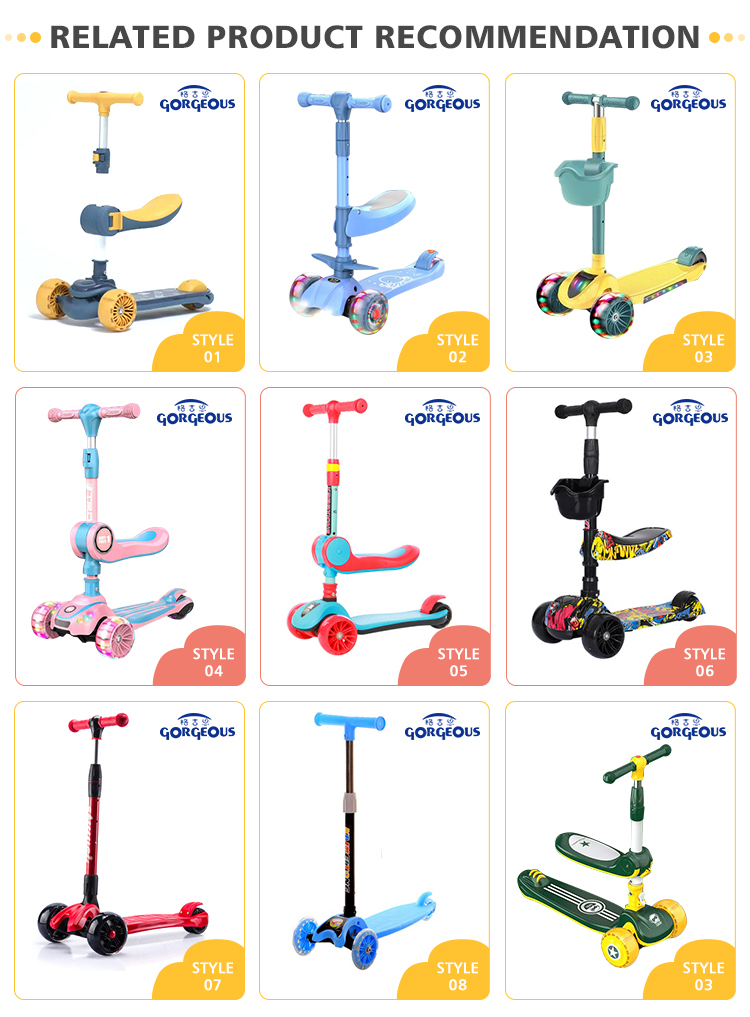
Packaging and Certification
- Custom Packaging: Branded packaging, eco-friendly options, or bulk packaging solutions for wholesale kids tricycle orders.
- Specific Certifications: Ensuring compliance with regional safety standards beyond the core EN 71, ASTM F963, and CPSIA, such as specific country-level regulations, as required by the client.
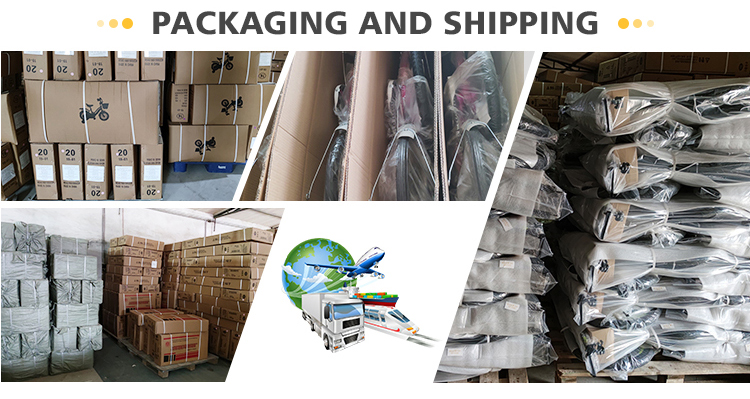
Application Case Studies
Demonstrating real-world success, these case studies highlight the benefits and versatility of our wooden tricycle for kids in diverse operational contexts.
Case Study 1: Montessori-Inspired Preschool Chain
- Client: "Little Acorns Montessori," a chain of 15 preschools across Europe.
- Challenge: Seeking durable, aesthetically pleasing, and environmentally friendly outdoor play equipment that aligns with Montessori principles of natural materials and child-led development. Previous plastic tricycles had short lifespans and lacked the desired aesthetic.
- Solution: We supplied 75 units of our premium wooden tricycle for kids, customized with a slightly lower seat height and rubberized wheels for both indoor and outdoor use. We also provided 10 units of a two seater tricycle for kids to encourage collaborative play.
- Results:
- Reported 85% reduction in replacement frequency compared to previous tricycles.
- Positive feedback from educators on the tricycles' contribution to gross motor skill development and social interaction.
- Enhanced brand image for Little Acorns, aligning with their eco-conscious values.
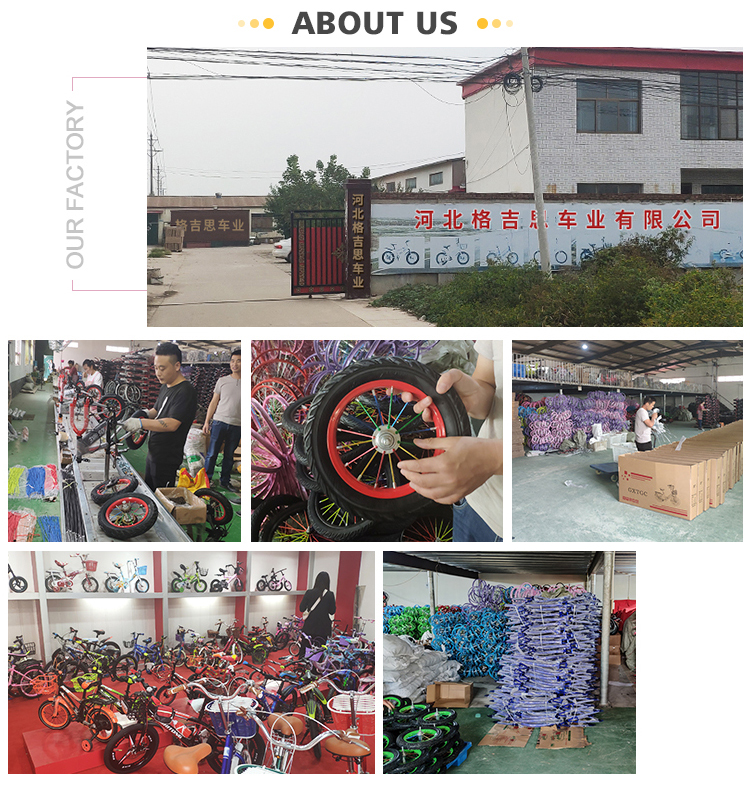
Case Study 2: Boutique Online Toy Retailer
- Client: "Heirloom Play," an online retailer specializing in high-end, classic children's toys.
- Challenge: Expand their vintage-inspired collection with a high-quality, authentic-looking tricycle that evokes nostalgia and meets modern safety standards. They specifically sought something reminiscent of a vintage gold kids tricycle aesthetic.
- Solution: We developed a custom line of "Heirloom Classic" wooden tricycle for kids with a unique vintage zenith kids tricycle styling, featuring brass accents and a darker wood stain. This was provided as a wholesale kids tricycle package.
- Results:
- The "Heirloom Classic" tricycle became one of their top 3 best-selling products within six months.
- Achieved a 4.9/5-star customer rating, with frequent comments on quality, aesthetics, and durability.
- Increased average order value due to the premium positioning of the product.




























Frequently Asked Questions (FAQ)
Q: What are the primary safety certifications for your wooden tricycle for kids?
A: Our wooden tricycles are rigorously tested and certified to meet international safety standards including EN 71 (Europe), ASTM F963 (USA), and CPSIA. All finishes are non-toxic and child-safe.
Q: Do you offer bulk discounts for wholesale kids tricycle orders?
A: Yes, we provide competitive tiered pricing for bulk orders. Please contact our sales team with your specific requirements for a customized quotation.
Q: Can you customize a two seater kids tricycle design?
A: Absolutely. We specialize in customized solutions, including multi-seater configurations, specific material choices, and branding. Our design team can work with your specifications to develop bespoke models.
Q: What is the estimated service life of a wooden tricycle for kids?
A: With proper care, our wooden tricycles are designed for exceptional durability, typically offering a service life of 5+ years, even in high-use commercial environments. Their robust construction allows them to withstand rigorous play.
Q: What is your typical lead time for large orders?
A: Standard orders typically have a lead time of 4-6 weeks from order confirmation to shipment, depending on volume and customization requirements. For larger or highly customized projects, we will provide a detailed production schedule upon inquiry.
Lead Time & Fulfillment Details
Our logistics are optimized to ensure efficient order processing and timely delivery for all B2B clients, whether for a single custom batch or recurring wholesale kids tricycle orders.
- Order Processing: Typically 2-3 business days for order confirmation and initial production scheduling.
- Production Lead Time:
- Standard models (100-500 units): 4-6 weeks.
- Customized models or larger orders (500+ units): 6-10 weeks, depending on complexity and material availability.
- Shipping: We offer various shipping options (FOB, CIF) via sea, air freight, or express courier, tailored to client needs and urgency. Estimated transit times provided upon request.
- Minimum Order Quantity (MOQ): Our standard MOQ for wooden tricycles is 50 units. Custom orders may have different MOQs, specified during the quotation process.
Warranty Commitments & After-Sales Support
We stand by the quality and craftsmanship of our wooden tricycle for kids products. Our warranty and support structure are designed to provide peace of mind and ensure long-term satisfaction for our B2B partners.
Warranty Information
- Structural Warranty: A 2-year warranty covers defects in materials and workmanship on the wooden frame and core structural components from the date of purchase.
- Parts Warranty: A 1-year warranty applies to non-wear-and-tear components such as wheels (excluding tire wear), axles, and steering mechanisms.
- Exclusions: Normal wear and tear, damage from misuse, improper assembly, lack of maintenance, or unauthorized modifications are not covered.
Customer Support and Service
- Dedicated Account Management: Each B2B client is assigned a dedicated account manager for streamlined communication and personalized support.
- Technical Assistance: Our technical support team is available to assist with assembly queries, maintenance advice, and troubleshooting.
- Spare Parts Availability: We maintain a stock of common spare parts to facilitate prompt repairs and extend the service life of our tricycles.
- Feedback Mechanism: We actively solicit and review client feedback to continuously improve our products and services.
References
- Market Research Future. "Wooden Toys Market Research Report – Global Forecast till 2030."
- European Committee for Standardization. "EN 71-1:2014+A1:2018 Safety of toys – Part 1: Mechanical and physical properties."
- ASTM International. "ASTM F963-17: Standard Consumer Safety Specification for Toy Safety."
- U.S. Consumer Product Safety Commission. "Consumer Product Safety Improvement Act (CPSIA)."
- Forest Stewardship Council (FSC) International. "About FSC."
-
The Essential Guide to 16 Inch Child's Bikes – Safety, Specs & Trends
NewsNov.24,2025
-
Kids Road Bike 24 – Lightweight, Safe, and Perfect for Young Cyclists
NewsNov.23,2025
-
Discover Safe and Fun Children's Bikes 14 Inch | Durable Kids' Bikes Reviewed
NewsNov.22,2025
-
Discover the Perfect Little Girl 16 Inch Bike – Safety, Style & Performance
NewsNov.22,2025
-
The Ultimate Guide to 12 Kids Bicycles – Safety, Trends & Top Picks
NewsNov.21,2025
-
14 Inch Children’s Bikes: A Guide to Safety, Durability & Global Impact
NewsNov.20,2025
